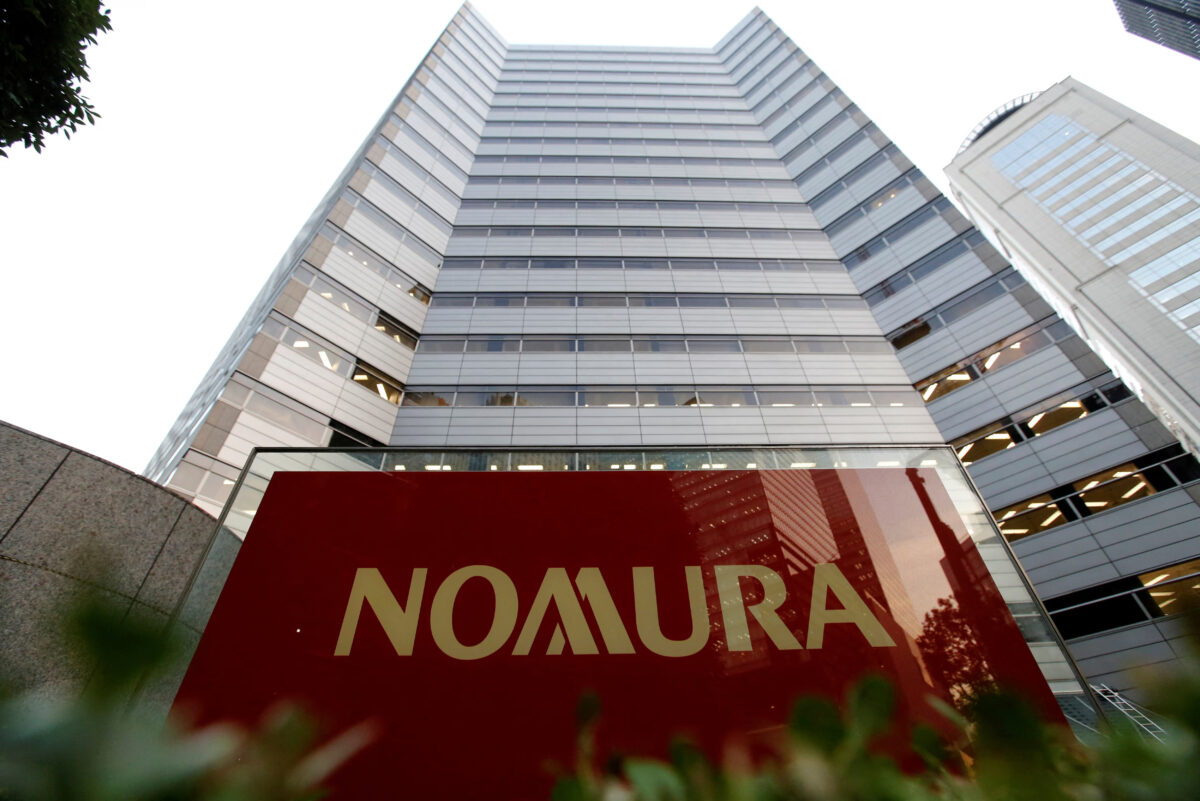The Indian banking regulator is signalling possible rule changes ahead that would let foreigners own more of India’s banks, spurred by overseas institutions’ eagerness for acquisitions and the fast-growing economy’s need for more long-term capital.
The Reserve Bank of India last month bent its rules to let Japan’s Sumitomo Mitsui Banking Corp buy a 20 per cent stake in Yes Bank, and two foreign institutions are vying for a stake in IDBI Bank, highlighting the pressure to ease foreign ownership rules that are among the strictest of any major economy.
RBI Governor Sanjay Malhotra told the Times of India last week that the central bank was examining shareholding and licensing rules for banks as part of a broader review.
A source familiar with the central bank’s thinking said it would be more open to letting regulated financial institutions own bigger stakes, with approvals on a case-by-case basis, and to certain rule changes that could address disincentives for foreign acquisitions.
Analysts say foreign banks are keen for deals in India, the world’s fastest-growing major economy, especially as it angles for regional trade agreements. Such pacts could open up new opportunities in India for global lenders elsewhere in Asia and the Middle East.
“The interest is driven by India’s strong economic growth and large under-penetrated market,” said Madhav Nair, deputy chairman of the Indian Banks Association.
Indian regulators, for their part, worry that India lags other large economies in mobilising banking capital, which will be vital to sustaining rapid economic growth.
Alka Anbarasu, associate managing director at Moody’s Investors Service, said India will need much more capital for its banking system over the medium term.
“Whether this has prompted the regulator to consider bringing in strong international players into the banking system, it would be a good rationale for doing so,” she said.
While most large global banks from Citibank to HSBC to Standard Chartered have operations in India, they are focused on the more profitable corporate and transaction banking segments, along with trading, rather than bread-and-butter lending.
The share of foreign banks in outstanding bank credit in India is less than 4 per cent, central bank data shows.
Banking remains one of the most guarded sectors of the Indian economy. While foreigners including portfolio investors can own up to 74 per cent, regulations limit a strategic foreign investor’s stake to 15 per cent.
Foreign banks are also deterred by a maze of other regulations, including a 26 per cent cap on voting rights and a requirement that any large shareholding by a so-called promoter – a strategic investor with direct influence over management decisions – be sold down to 26 per cent within 15 years.
The RBI is open to giving foreign buyers more time to sell down their stake, the source familiar with the bank’s thinking said. The source declined to be identified as the deliberations are confidential.
The RBI did not respond to an email seeking comment.
The source also highlighted the banking regulator’s increased openness to case-by-case exemptions from the 15 per cent ownership limit, as offered for the Yes Bank purchase.
The $1.58 billion deal was the largest cross-border acquisition ever in India’s financial sector.
Two foreign investors – Canada’s Fairfax Holdings and Emirates NBD – are also contending for a 60 per cent stake in government-owned IDBI Bank.
Emirates recently received regulatory approval to set up an Indian subsidiary, making it only the third major foreign bank to do so after Singapore’s DBS and State Bank of Mauritius.
The decision was prompted by an interest to acquire a majority stake in IDBI Bank, a source familiar with the buyers’ thinking said.
Emirates NBD declined to comment. Fairfax did not respond to a request for comment.
An increase in the 26 per cent cap on voting rights, or in the 15 per cent investment limit, could encourage foreign bank investors, ratings agency Fitch said in a note last week.
It believes the RBI’s preference is for foreign banks with a strong performance and solid governance to acquire stakes larger than 26 per cent through wholly owned subsidiaries regulated in India.
The source familiar with RBI thinking said the limit on voting rights was hard-coded in law and would need to be reviewed by the finance ministry.
On regulatory issues under the central bank’s purview, the source added, the stance on foreign strategic investors may need to be adjusted, especially given domestic investors’ lack of interest in running banks.
“Where the long-term capital will come from will have to be thought through,” the source said.
Top-notch SEBI registered research analyst
Best SEBI registered Intraday tips provider
Telegram | Facebook | Instagram
Call: +91 9624421555 / +91 9624461555





